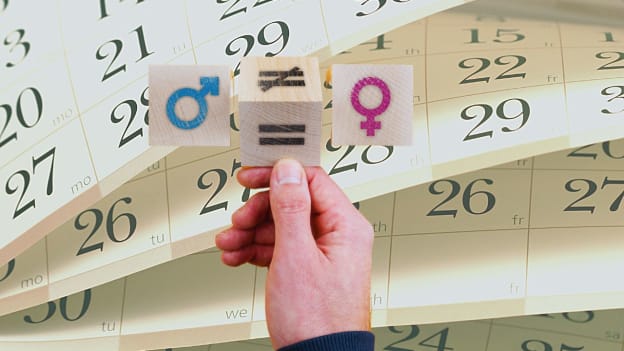Australia in Focus: 100 years to gender equality among top executives

Australia could take 100 years to fill at least 40% of ASX300 companies with women CEOs unless something is done to change the situation, a new study says.
Chief Executive Women (CEW), a non-profit organisation consisting of senior women leaders from the corporate, public service, academic and not-for-profit sectors, released the results of its CEW Census which revealed concerning details about how women leaders are perceived in the corporate world.
The study found that the number of ASX300 companies that don’t have women in executive leadership roles actually increased this year. In 2022, about 16% of Australian firms have no female executive leaders, compared to 15% last year.
There were a total of 28 new chief executives appointed to ASX300 companies in 2021. However, only four of these appointments featured women assuming the role.
Overall, there are only 18 women CEOs heading ASX300 firms, showing no improvement from numbers in 2021.
Additionally, there are only 10 female chief executives in the top 100 companies in Australia, a number far too low to show gender balance in leadership roles.
If the numbers are to be believed, then the country could even be going backwards in terms of its gender equality, especially in positions of power.
Sam Mostyn, president of CEW, expressed her concern about the current trend. "We would have hoped for more progress by now," she said.
"We did start to get warning signs during COVID when we heard stories of decisions made about not appointing women into senior leadership roles on the basis that it was too risky."
Explaining the decreasing number of women CEOs in ASX300 companies, Mostyn believes there could be a “failure of imagination and commitment" on the part of the firms. There is also possible that these organisations do not realise the value of committing to gender balance leadership.
Read more: How leadership can help close gender pay gap
Measuring gender equality success through target-setting
The CEW study also found that the number of companies setting targets to measure gender balance increased by 7% in 2021. More than half (51%) of ASX100 companies have adopted target-setting and 36% of ASX300 firms.
More ASX-listed companies are beginning to measure gender equality by incorporating it into their management's pay and bonuses. However, Mostyn said there should be tougher consequences for firms that fail to act on it.
Some major investors, including those in big superannuation funds, have refused to vote for the re-election of directors in companies that did not act consistently on gender balance issues, according to Mostyn.
"It may be a consequence for them in their procurement opportunities," Mostyn pointed out. The CEW president said she supports setting quotas and targets.
Addressing gender balance in leadership roles
For CEW, there needs to be a massive structural change to address gender balance concerns in workplaces.
Mostyn revealed that there were discussions during the recent job’s summit in Canberra about the possibility of reforming child care and paid parental leave to allow more women to get back to work.
She said government officials appear to be interested in placing consequences on companies that fail to provide equal opportunities to women in their organisations.
Read more: Gender pay gap costing Australian firms $1B weekly
But other than structural change, Mostyn also called for a cultural shift among Australian companies.
"I think what we've got to come to grips with is we, culturally in this country, still have a sense that women do the caring and men have access to significant, well paid careers," the CEW president said.
"Now, that's a very, very broad generalisation. But culturally … the bulk of work that's done that's low paid, insecure and generally around the care sectors, is generally highly feminised.
"And then conversely, most of the high-paying, career-secure, really good jobs are, predominantly, filled by men."
Mostyn added that there were also discussions at the job’s summit to revise the Fair Work Act. This would ensure that companies in certain industries pay attention to the gendered nature of work when setting pay and conditions for their employees.














